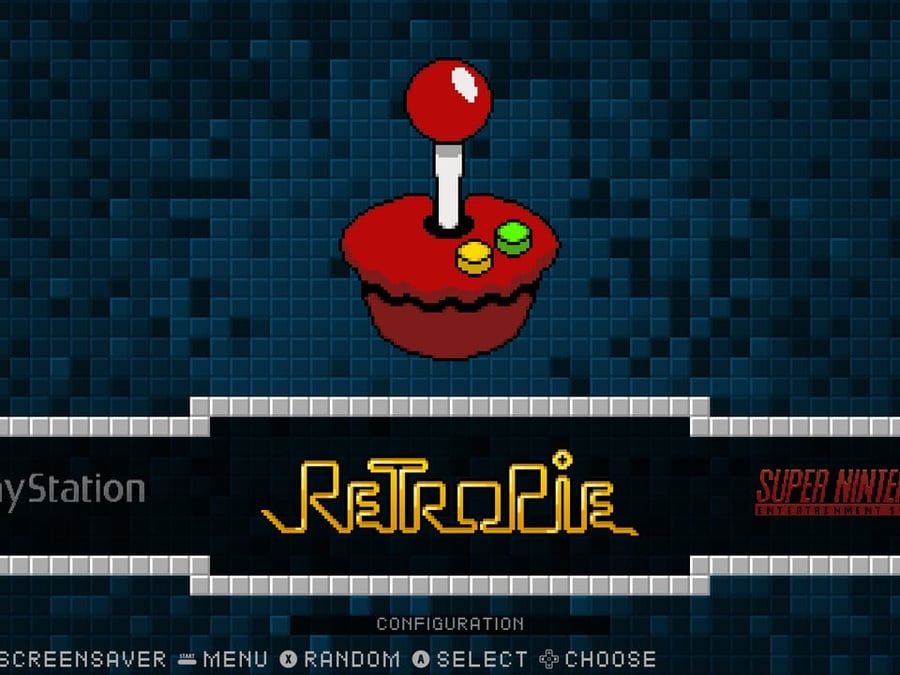

- #USING A RASPBERRY PI TO MAKE A GAME EMULATOR ON MAC HOW TO#
- #USING A RASPBERRY PI TO MAKE A GAME EMULATOR ON MAC FOR MAC OS X#
- #USING A RASPBERRY PI TO MAKE A GAME EMULATOR ON MAC SOFTWARE#
Strip the ends of micro USB cables to make the connection between the two components. Next, connect the Pi to the USB power brick through the 2 micro USB cables. See the images below to understand it better. Next, you will have to plug the main power USB into the USB power brick.

It may take time to drill a hole big enough to adjust the cable. Also, take out the metal prongs from the AC port and thread the powered USB cable carefully through it. For this purpose, we need to drill holes underneath and above the original Pi board so the USB cable can easily come through the back and the micro USB cable from the side. So PS1 power switch will work great as the main power switch for your Raspberry Pi. They switch on as soon as the power is supplied. If you have been working with the Raspberry Pi, then you probably know that these little processors do not come with an on/off switch. Photo Credit: Instructables Step 4: Set up the switch Next, ensure that everything else is working okay and that you have ROMS onto the Pi. save your games by holding “select +L2”, and load games by holding “select +R2”. It will allow you to exit games by holding “select” + “start”.
#USING A RASPBERRY PI TO MAKE A GAME EMULATOR ON MAC SOFTWARE#
Once you have the software installed and configured, it is also recommended to paste the following code into RetroArch.cgf file. Libre Geek – RetroPie Installation Guide For The Raspberry Pi.SuperNintentdoPi – An A to Z Beginners Guide to Installing RetroPie on a Raspberry Pi.
#USING A RASPBERRY PI TO MAKE A GAME EMULATOR ON MAC HOW TO#
Life Hacker – How to Build an All-In-One Retro Game Console for $35, the Easy Way.This guide isn’t a software guide – there are plenty of those existing out there. We don't have our Raspberry Pi retro dream machine just yet.Before we go any further, you must download the latest versions of the RetroPie Project SD-card image before you burn that on a bootable 4GB SD card. In the version we used it starts off with just ScummVM, Dosbox, and some ports of the shareware versions of Quake III and Duke Nukem 3D. As part of the Emulation Station's accessible UI style, gaming machines only show up if there are ROMs available for them. To start with, though, the interface will seem very empty.

Put the card in your Raspberry Pi, boot it up and you should see a rainbow screen followed by the Emulation Station boot screen. Just make sure that when you're finished writing to the card, you eject it rather than just yanking it out of your computer to avoid data corruption. Pi Filler is an alternative app.Īs these both have graphical interfaces you can't go too far wrong, as long as you keep track of where your RetroPie image is kept, i.e.
#USING A RASPBERRY PI TO MAKE A GAME EMULATOR ON MAC FOR MAC OS X#
For Mac OS X there's a dedicated Raspberry Pi writer software that works very well, called RPi-sd card builder v1.2. Using Windows? Just use the Win32 Disk Imager software available to download from Sourceforge.

Next we need to write the image to the card.


 0 kommentar(er)
0 kommentar(er)
